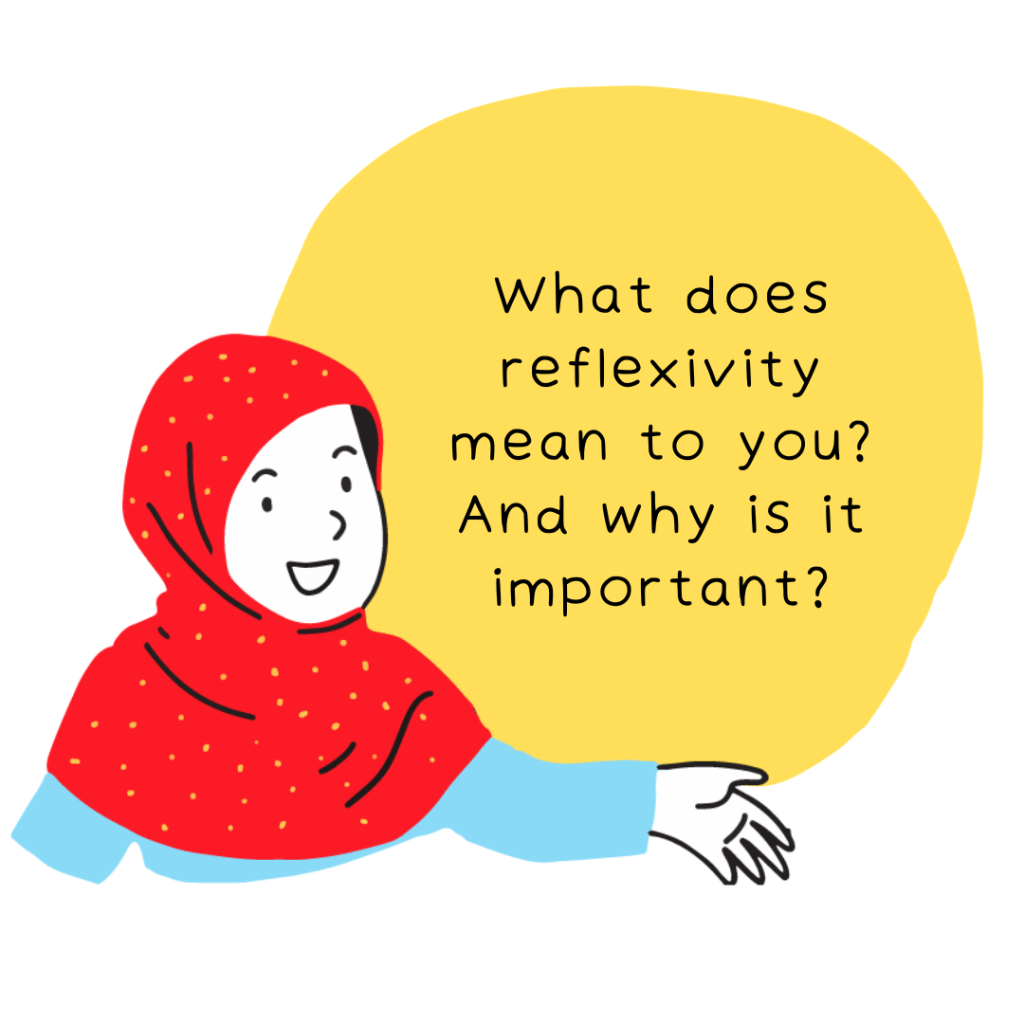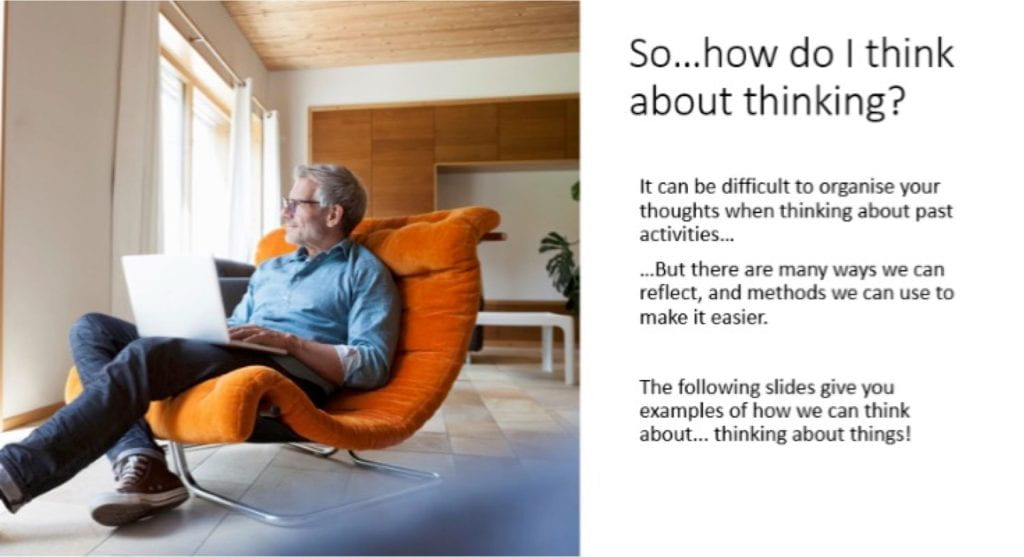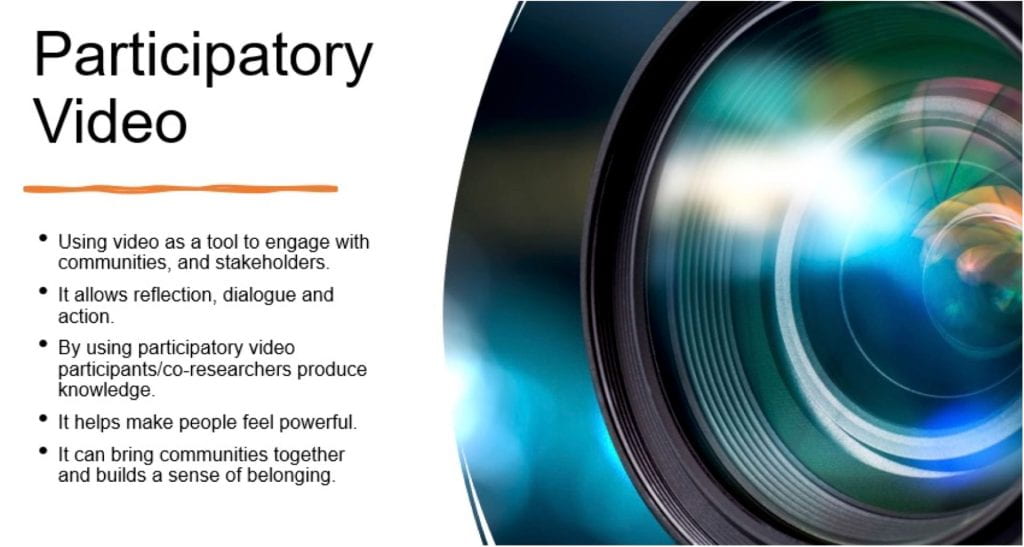Latest posts
- Curricula: Mithila art-focused local curriculum in Nepal 2 July 2025
- Register now: MAP International Online Conference 2025 1 June 2025
- Policy brief: Gira Ingoma book and policy brief: “The Culture We Want, for the Woman We Want” 28 November 2024
- Manuals and toolkits: GENPEACE Children’s Participation Module in the Development Process 13 November 2024
- Journal article: [Working Paper] Gira Ingoma – One Drum per Girl: The culture we want for the woman we want 30 October 2024
- Curricula: Beyond Tradition: Psychosocial Model 30 October 2024
- Curricula: Beyond Tradition Module: Revitalizing Lenong as a Model for Teaching Betawi Arts 30 October 2024
- Curricula: Beyond Tradition: Lenong Revitalisation as a Model for Teaching Betawi Cultural Arts 30 October 2024
- Beyond Tradition Lenong Performance “RAWR…! Kite Kagak Takut” 30 October 2024
- Journal article: [Working Paper] Facing Heaven – Déuda Folklore & Social Transformation in Nepal 30 October 2024
- Curricula: Building Community Curriculums 24 October 2024
- The Magic of Theatre Project Documentary 24 October 2024
Looking within: The power of reflexivity in our journeys
20th September 2023
Authors
For the July 15th Youth Advisory Board meeting, we hosted a session on reflexivity. One of the original, and now deleted, slides was called ‘So… how do I think about thinking?” Although awkwardly written, the idea of the title was to encourage a conversation about what being reflexive was: is it simply remembering things that we had experienced, was it a process of review, or about re-living our memories so that we can learn from them? Researchers have long pondered both the meaning of reflexivity and the most effective means of applying it to research, whether you were reflecting on an individual level, or facilitating it for a group. For the Youth Advisory Board, there is a unique challenge… they must do both: Reflect on their own practices as researchers and facilitate reflexivity for people within the projects they lead. Certainly, a trial by fire!
In its essence, reflexivity is about us looking at our past, and reconciling with our present, which then can help us think about our future. Researchers are encouraged to do this as it is expected that we reflect on our work to make sure that it is valid (in that the conclusion is correct and not biased) and rigorous (in that we reached it in the correct way). This said, it is more than a linear journey and is more than a process of simply checking our memory is right, involves thinking about what we saw in new ways to make sure we give a true account of what we experienced. This means that being reflexive is not just determined by what we saw, heard, or said, but by reflecting on and questioning what we thought, felt, and created, and this can be facilitated by using the arts.
Using the arts can enable reflexivity, particularly if we are working with other people, as it encourages sharing, empathy, and can aid transformation. Collective reflexivity, when we share with other people, can also allow for us to critically examine our values, and discuss how we interpret the same experiences. In some cases, (in the academic world at least!) there are systematic styles of reflexivity, however, the arts allow us more freedom and room for people to explore their beliefs and experiences. Although this is a great way of encouraging the free flow of ideas, it can put a lot of pressure on researchers. When facilitating collective reflexivity, there is a need to manage the room not only need to encourage mutuality in the creation of a shared understanding, but also encourage conflict so people feel comfortable in challenging perspectives that do not align with their experiences. Questioning discourses is an important part of reflexivity.
So, how did the Youth Advisory Board approach reflexivity?
Balanced between facilitator and participant our first discussions were around our individual methods of reflexivity, and the behaviours that enable it, for example, written reflections. Many of the board members kept personal diaries as a means of both record keeping and personal recollection, so we spoke about how we engage with our own written word, and the benefits in ‘scribbles’, quick notes taken that we can expand on later. Written journals are tangible and can be re-visited at different time intervals, meaning experiences can be reflected on the same day, a month after, or even at the end of a project. From there discussions were on conversation, firstly with us, as speaking out loud to ourselves as it lets us put voice to our thoughts, and then sharing these conversations with other people to collaboratively reflect. Once these skills were defined, we looked at the potential tools that could be used with a group involved in the arts.
The first tool we spoke about, was one member had effectively used before, video. Videos can help people feel powerful and help them build a sense of belonging in the community, visual mediums encourage creativity, which can then lead to innovative ways of thinking about a topic, and comfort in sharing those ideas. Similarly, photography can encourage people to take photos of the things they find to be important, then sharing those with others. This can create a jumping off point for conversation, particularly if people want to discuss their interpretations of the subject. Finally, we discussed storytelling and story creation, the group creation of a shared, fictional story, as a means of elevating private and personal experiences, making them public safely.
Each of these methods and practices is part of the reflexivity toolbox that researchers should be equipped with to ensure honest, open, and shared engagement. Of course, the potential is endless for other ways of creating these shared spaces for reflexivity, and we are always happy to hear new ideas (the comment box is below!).

Featured image by wirestock on Freepik




